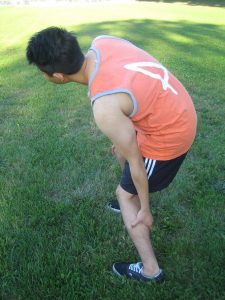Folliculitis is characterized by inflammation or infection that can affect one or several hair follicles. The hair follicles are small-sized cavities that border the roots of the hair.
The condition can also occur on skin where hair grows including the scalp as well as the buttocks, thighs, armpits and neck where friction is common. Generally, it appears as small-sized bumps and might look like a rash or acne. The condition might be isolated to a single hair follicle or affect several.
What are the indications?
The condition results to small-sized crusted bumps on the skin. These bumps can be reddened, white or yellowish in color. It can be accompanied by the following:
- Itchiness
The condition results to small-sized crusted bumps on the skin. These bumps can be reddened, white or yellowish in color. - Soreness
- Drainage of pus
- Swelling
Possible causes
Folliculitis is typically triggered by fungi or staph bacteria. One can acquire the staph bacteria or fungi via direct exposure with an individual who has the infection.
It can also be acquired via contact with contaminated personal items such as soap, towel or clothing used by an infected individual. The bacteria can also be acquired in contaminated spas or pools.
Other risk factors include:
- Tight or constricted clothing that irritates the skin
- Weakened immune system
- Skin injuries such as from shaving
- Not showering after sweating excessively
Management
Folliculitis is considered as a minor condition and settles on its own without requiring treatment. If the skin irritation is accompanied by a widening rash, fever or pus-filled bumps, seek medical care.
When dealing with acute folliculitis that is severe and slowly heals, over-the-counter or prescription medications might be given by the doctor such as:
- Topical or oral antibiotics or antifungal medications to deal with the cause of the infection
- NSAIDs or antihistamines to reduce the itchiness or pain
As for the chronic type, it is harder to treat and requires antibiotics and other medications. If other treatment options fail, laser hair removal might be recommended by the doctor.
During treatment, the individual should avoid removing hair by waxing, plucking or shaving. Remember that allowing the hair to grow can help the follicles heal. As for the chronic type, the doctor might suggest allowing the hair to grow for up to 3 months.

